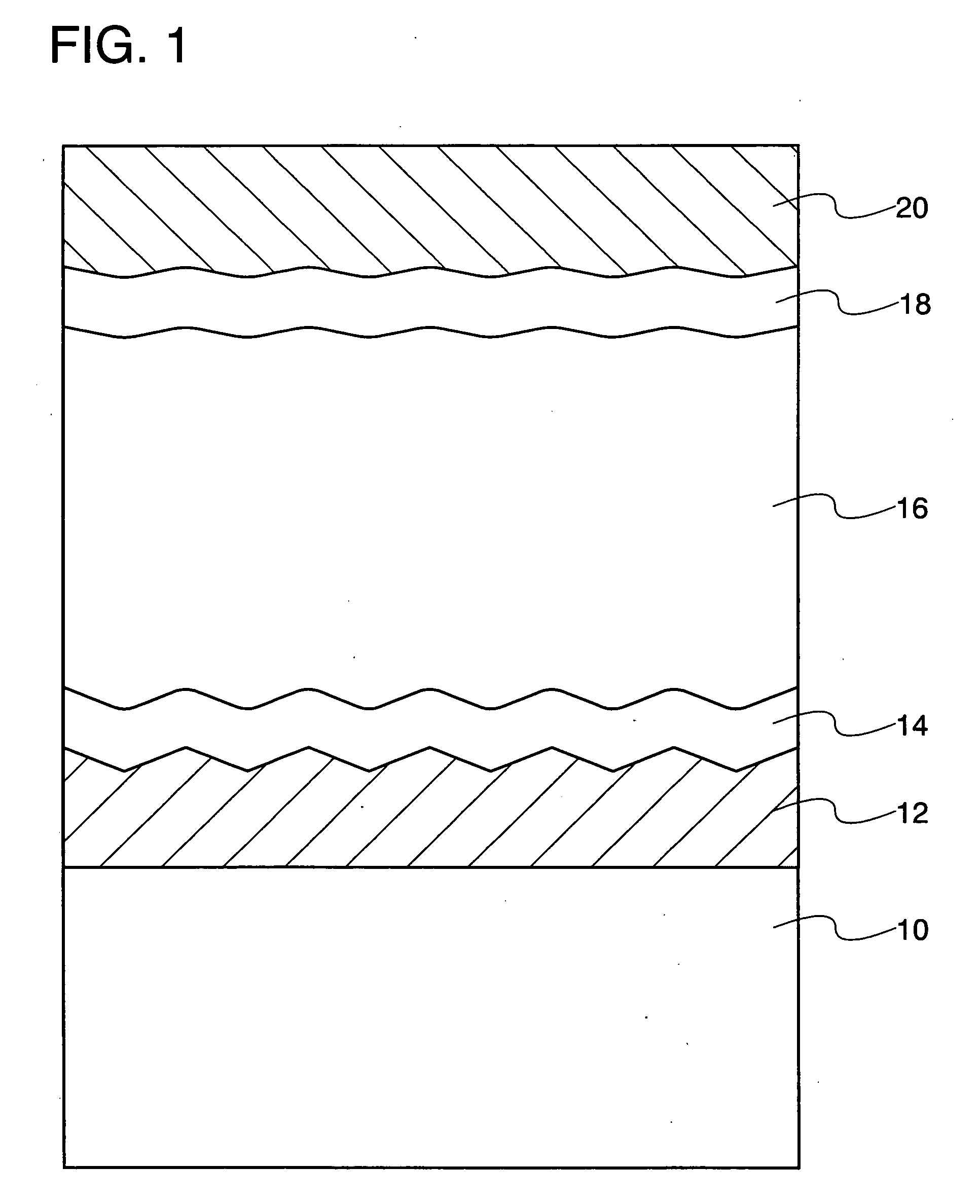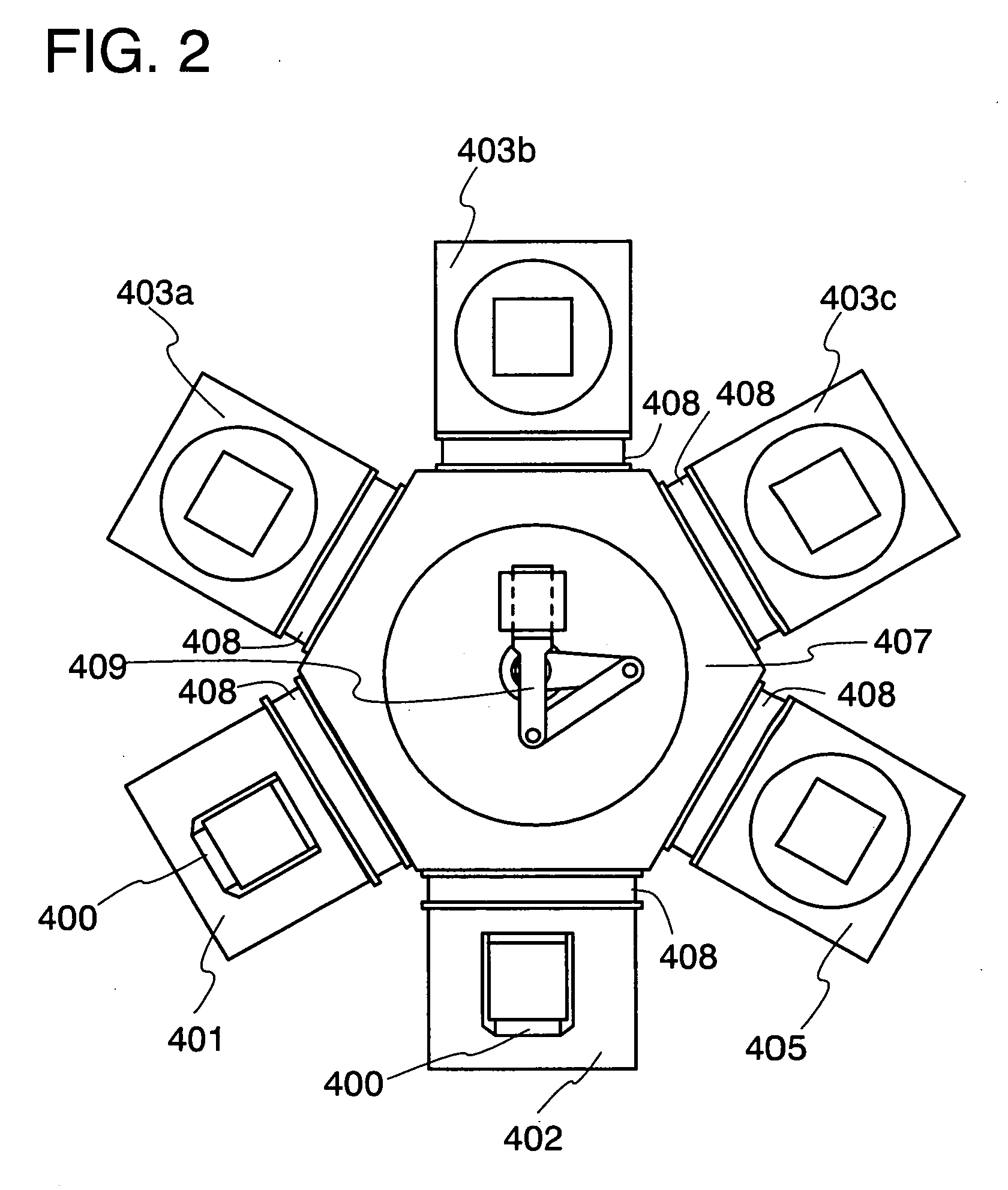Method for manufacturing photoelectric conversion device
a technology of photoelectric conversion device and manufacturing method, which is applied in the direction of radiation controlled device, final product manufacturing, sustainable manufacturing/processing, etc., can solve the problems of insufficient supply of silicon ingots, inability to respond to the expansion of the market, and low productivity, so as to reduce the rate of deterioration of characteristics by light deterioration and high quality
- Summary
- Abstract
- Description
- Claims
- Application Information
AI Technical Summary
Benefits of technology
Problems solved by technology
Method used
Image
Examples
embodiment mode 1
[0040]FIG. 1 shows a structure of a photoelectric conversion device according to this embodiment mode. This photoelectric conversion device includes at least one semiconductor junction by providing an i-type semiconductor layer 16 interposed between a p-type semiconductor layer 14 and an n-type semiconductor layer 18. In this embodiment mode, a layer including the p-type semiconductor layer 14, the n-type semiconductor layer 18, and the i-type semiconductor layer 16, in other words, a photoelectric conversion layer, is formed using a semi-amorphous semiconductor layer.
[0041]A substrate 10 can be formed using various commercial glass plates such as soda-lime glass, lead glass, strengthened glass, and ceramic glass. Further, a non-alkali glass substrate such as an aluminoborosilicate glass substrate or a barium borosilicate glass substrate, a quartz substrate, or a metal substrate such as a stainless steel substrate can be used. In a case where light enters from the substrate 10 side,...
embodiment mode 2
[0115]FIG. 11A shows a structure of a photoelectric conversion device according to this embodiment mode. In this photoelectric conversion device, an i-type semiconductor layer 16 is provided between a p-type semiconductor layer 14 and an n-type semiconductor layer 18, whereby at least one semiconductor junction is included. A layer including the p-type semiconductor layer 14, the n-type semiconductor layer 18, and the i-type semiconductor layer 16, that is, a photoelectric conversion layer, is formed of a semi-amorphous semiconductor layer.
[0116]A substrate 10 can be various glass substrates described in Embodiment Mode 1. In a case where light enters from the substrate 10 side, a first electrode 12 can be formed of a transparent conductive material such as indium oxide, indium tin oxide, or zinc oxide as described in Embodiment Mode 1. On the other hand, in a case where the first electrode 12 is a reflective electrode, the first electrode 12 can be formed of a metal material such a...
PUM
| Property | Measurement | Unit |
|---|---|---|
| Pressure | aaaaa | aaaaa |
| Pressure | aaaaa | aaaaa |
| Energy | aaaaa | aaaaa |
Abstract
Description
Claims
Application Information
 Login to View More
Login to View More - R&D
- Intellectual Property
- Life Sciences
- Materials
- Tech Scout
- Unparalleled Data Quality
- Higher Quality Content
- 60% Fewer Hallucinations
Browse by: Latest US Patents, China's latest patents, Technical Efficacy Thesaurus, Application Domain, Technology Topic, Popular Technical Reports.
© 2025 PatSnap. All rights reserved.Legal|Privacy policy|Modern Slavery Act Transparency Statement|Sitemap|About US| Contact US: help@patsnap.com



